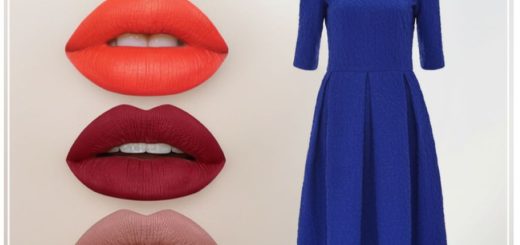Things to Consider When Picking a Wedding Dress
When young girls envision their dream day, their minds typically don’t turn to wedding favors and centerpieces—they think about the dress. Even for brides who haven’t given wedding planning a thought until they have a ring slipped on their finger, heading out to find the perfect gown is one of the first things on their to-do list. However, before you encounter that sea of white—or blush or blue—gowns, there are a few pieces of advice from pokies online real money Australia.

Location
Knowing the place and time of your wedding will help focus your search. Will you be having a daytime ceremony on the beach? You can rule out ball gowns with long trains and dramatic embellishments. Exchanging vows in a candlelit cathedral? Avoid short slip dresses or anything that looks like it could be worn to a cocktail party. Most fabrics are suitable year-round, but some, like linen and organdy, are more appropriate for warm weather, while velvet and brocade are best left for winter.
Set a Budget
Figure out how much you want to spend, and tell the salesperson before she starts bringing out gowns. That way you won’t lose your heart to a dress you can’t afford. Typically, a wedding ensemble, including veil, undergarments, and any other accessories, accounts for 10 percent to 15 percent of the total wedding cost. Factor in extras, such as alterations—which can add a few hundred or a few thousand dollars depending on how involved they are—and shipping fees. Once the dress arrives, it may require professional pressing or steaming, which can tack on a hundred dollars or more.
Start Early
Begin shopping six to nine months before your wedding. It takes about four months for a manufacturer to make a dress and another two months to complete the alterations. Very elaborate gowns will take longer. Short on time? Many shops do rush orders for an additional fee, but your choices will likely be limited. They also may have a sale section with samples you can buy off the rack. If you’re lucky, you can get one that needs just minor alterations.
Do Your Research
It’s not every day you see terms such as basque waist or Watteau train or try to differentiate between three shades of white. Pore over bridal magazines, books, and websites to learn about fabrics, silhouettes, and the lexicon so you can better convey what you’re looking for. Start a folder with pictures of dresses or details that appeal to you, and take it with you when you shop. Just like the casino game your friend recommended before you played them at casinos en ligne France.
Make a Game Plan
Decide where you want to go and call stores in advance to find out which designers they carry, the price range of their dresses, and if they sell accessories and provide alterations. Most salons require that you schedule an appointment. If possible, shop on a weekday but not during your lunch hour when you’ll be rushed. Don’t shop till you drop—limit yourself to two stores a day, so you don’t get exhausted or forget what you’ve seen. Carry a notebook and jot down dress descriptions (photos are usually prohibited until you buy a gown).
Bring Backup
Take anything you know you want to wear, such as a special necklace or your grandmother’s veil. Boutiques will often provide bustiers, strapless bras, and shoes, but you may want to bring your own. You’ll also need the advice of a few trusted confidantes, but not too many: An opinionated entourage can be confusing and frustrating. Invite one or two people who know your taste, will be honest with you, and whose judgment you trust.













